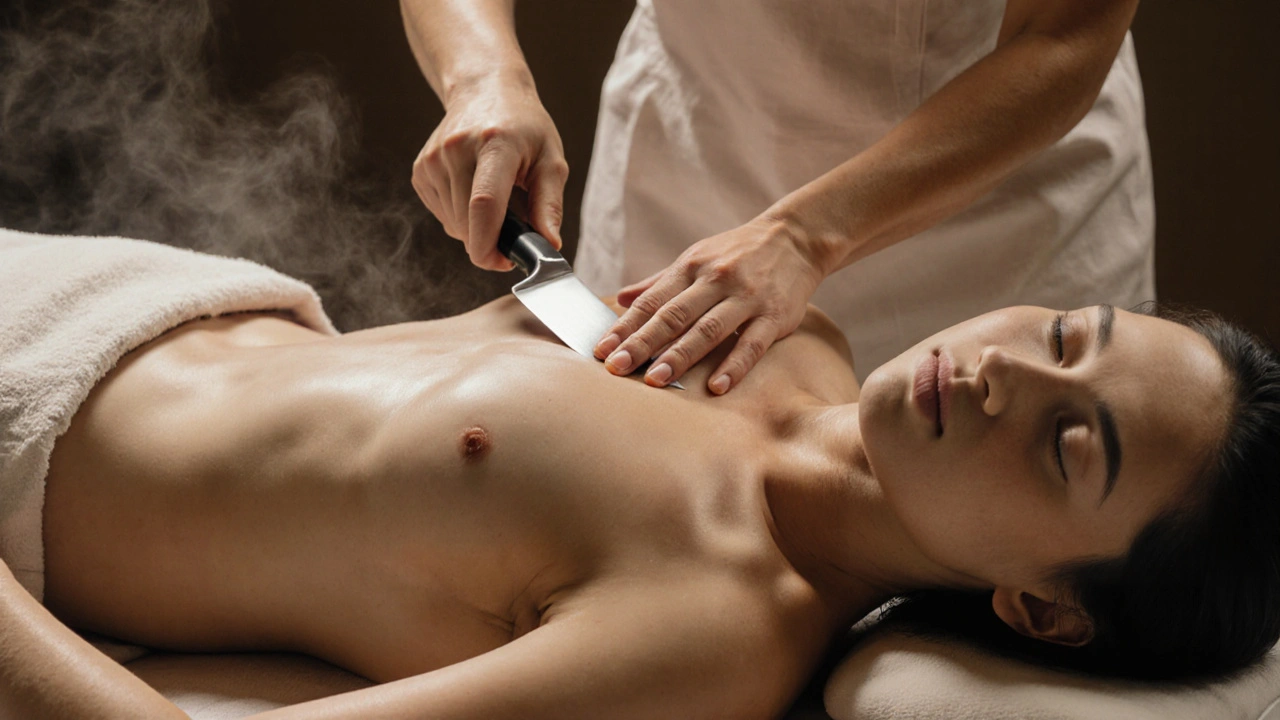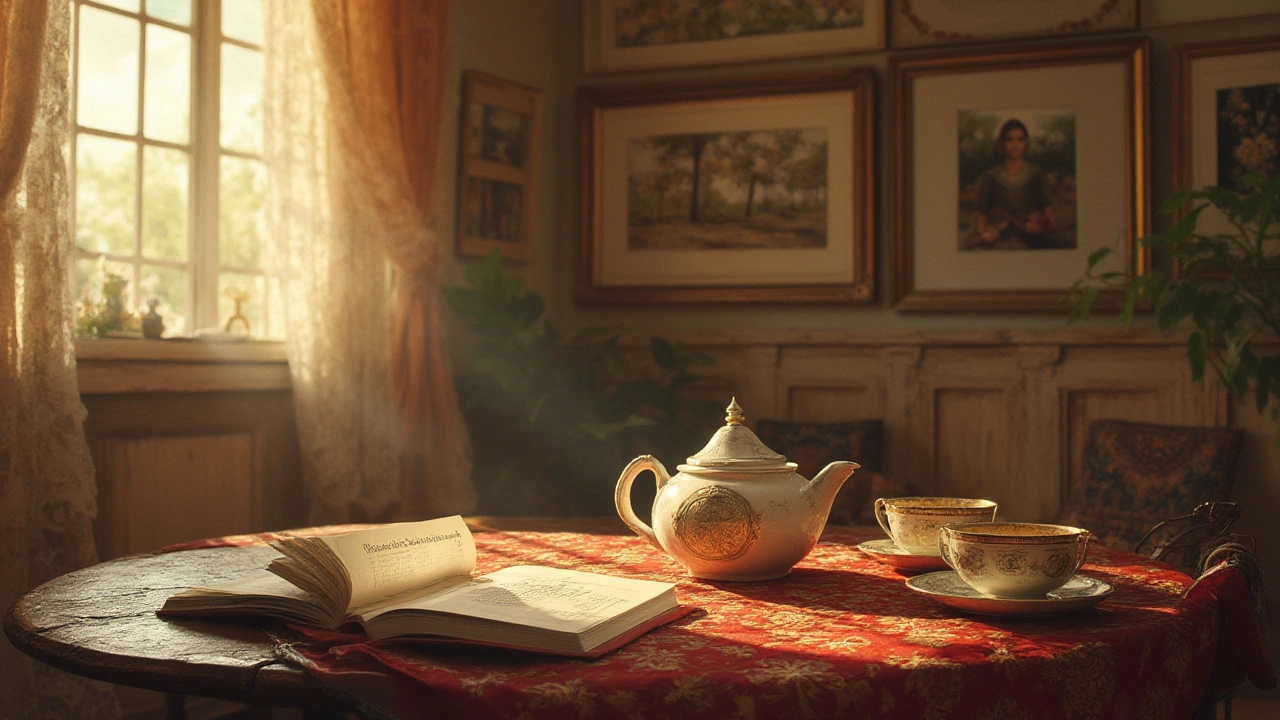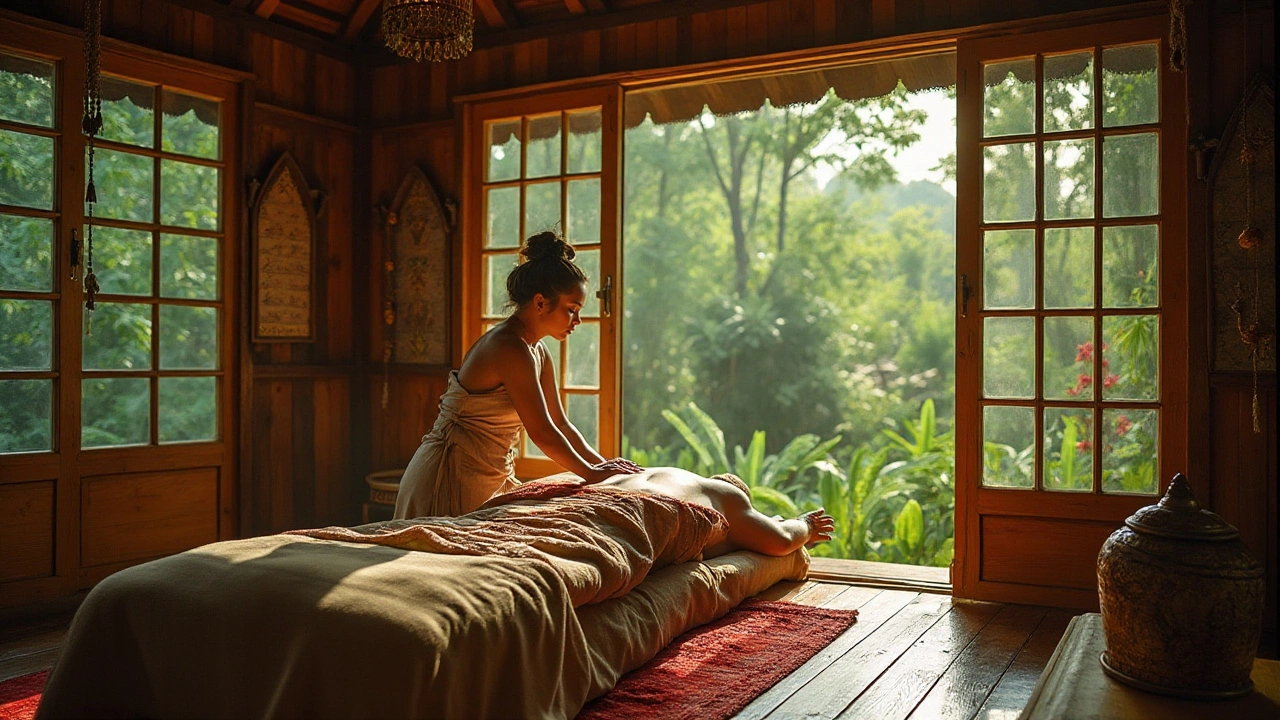Traditional Healing: Practical Therapies That Actually Help
When modern medicine feels cold, traditional healing brings the human touch back. These methods focus on hands, movement, pressure, heat, and simple rituals that reduce pain and stress. You can use many of them alongside regular care. This tag page gathers easy, practical options like acupressure, cupping, Lomi Lomi, hilot, Amma, and stone therapy. Read short guides so you pick what fits your body and schedule.
Want quick relief? Try acupressure points for headaches and tension. Press the base of your skull, the web between thumb and index finger, or the inner wrist for a minute while breathing slowly. Cupping can help tight muscles; expect round marks, deeper soreness first, then looseness. Warm stone work soothes stiff shoulders and helps sleep. Small home routines once or twice a week make real changes.
What to try first
Pick one simple method and stick to it for several sessions. If you have neck pain, try trigger point work and gentle movement like Feldenkrais or Hellerwork to ease posture. For stress and sleep issues, Amma, Lomi Lomi, or a warm stone massage often works best. For chronic pain, Ortho‑Bionomy and Rolfing aim at structural balance rather than only symptom relief. If you have serious health conditions talk with your doctor before trying anything new.
How to choose a practitioner
Look for clear communication and a short consultation. Ask what training they have, how they handle pain and consent, and if they adapt techniques for injuries. Read recent reviews and favor therapists who explain risks and aftercare. Start with a shorter session to test fit.
Home practice matters. Learn safe self‑acupressure, basic stretching, and simple breath work to extend session benefits. For cupping and stone work, keep sessions with pros until you know the right pressure and temperature. Use gentle progress and track changes in pain, sleep, and mood.
Traditional healing is not a miracle cure, but it often fills gaps where standard care misses comfort and presence. Many people find lasting relief by combining smart self‑care with skilled hands. Pick one approachable method here, try it twice, and notice what shifts in two weeks.
A typical session lasts thirty to ninety minutes and prices vary widely by region and technique. Ask for a clear price before you book and check cancellation policies. If a therapist promises cures or asks you to stop medical treatment, walk away. Minor soreness after a session is normal, but sharp pain, numbness, or worsening symptoms need immediate attention. Keep a simple log with date, therapy, duration, and three notes about how you felt after to spot patterns.
Try these quick routines: press the LI4 point for headaches, roll a tennis ball under your foot for plantar tightness, and lie on your back and hug your knees for two minutes to ease low back tension. Do each simple move once a day for a week and note changes. If one routine helps, add a second gentle step rather than switching every day.

Experience the Cutting Edge of Wellness with Knife Massage
Knife massage is an ancient healing technique using blunt metal blades to release deep muscle tension and fascial restrictions. Unlike traditional massage, it delivers precise, deep pressure without cutting the skin. Learn how it works, who benefits, and where to find certified practitioners in New Zealand.

Hilot Massage: Unlocking the Healing Secrets of Filipino Therapeutic Massage
Explore the world of hilot, the Filipino art of therapeutic massage. Learn the origins, techniques, health benefits, and cultural importance of this time-honored practice.

Unveiling the Secrets of Laos Traditional Massage Therapy
Laos massage is a richly historic form of healing art rooted in cultural tradition and spiritual philosophy. It combines acupressure, energy balancing, and deep tissue techniques to rejuvenate the body and mind. Delve into the vibrant history, methods, and benefits of this holistic therapy for a unique wellness journey. Discover an array of tips to maximize your experience and understand how this ancient practice continues to thrive in modern wellness routines.
Categories
- Health and Wellness (148)
- Alternative Therapies (86)
- Massage Therapy (40)
- Travel and Culture (15)
- Beauty and Skincare (9)
- Holistic Health (8)
- Health and Fitness (5)
- Spirituality (5)
- Other (2)
- Personal Development (2)



